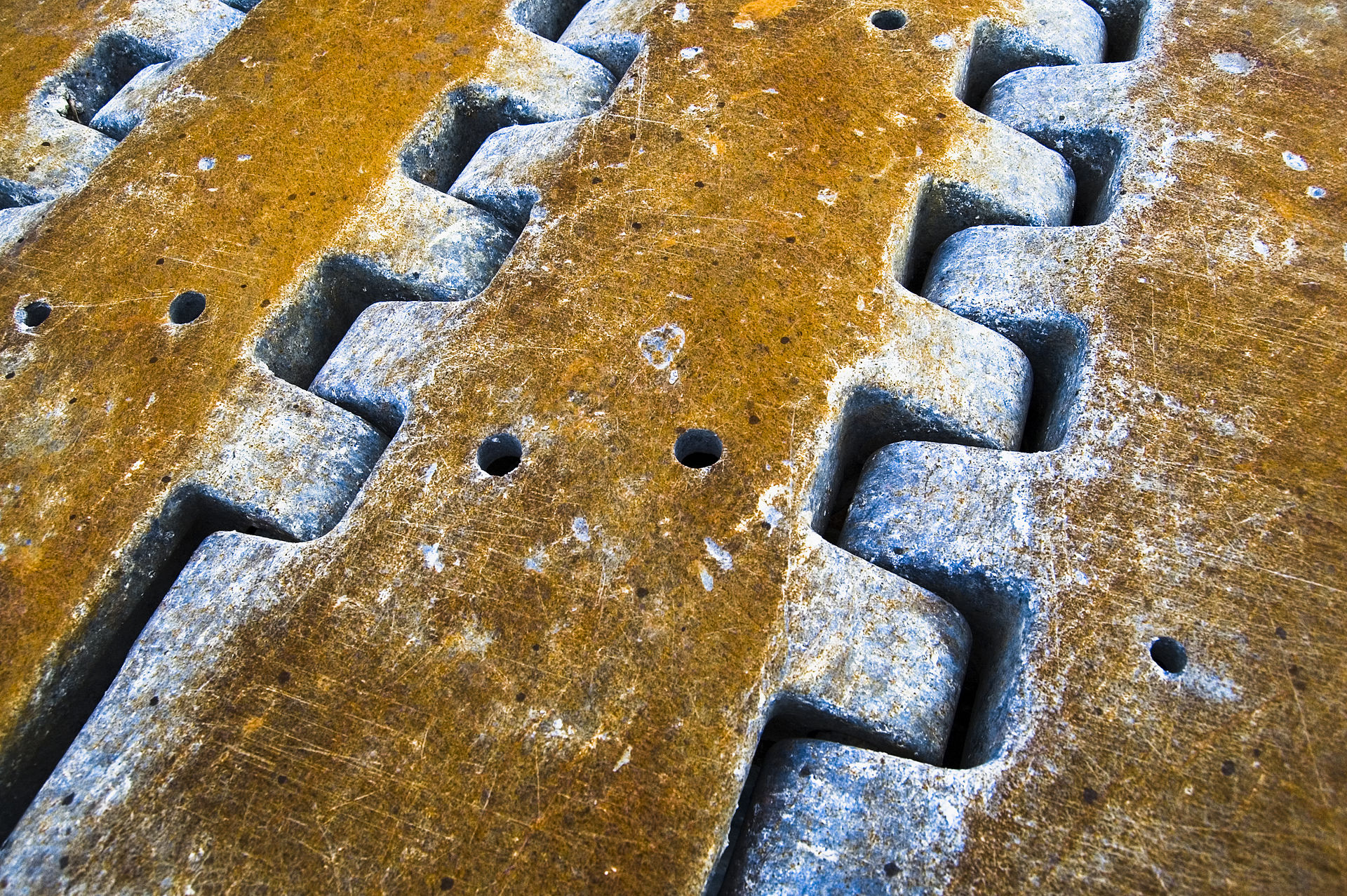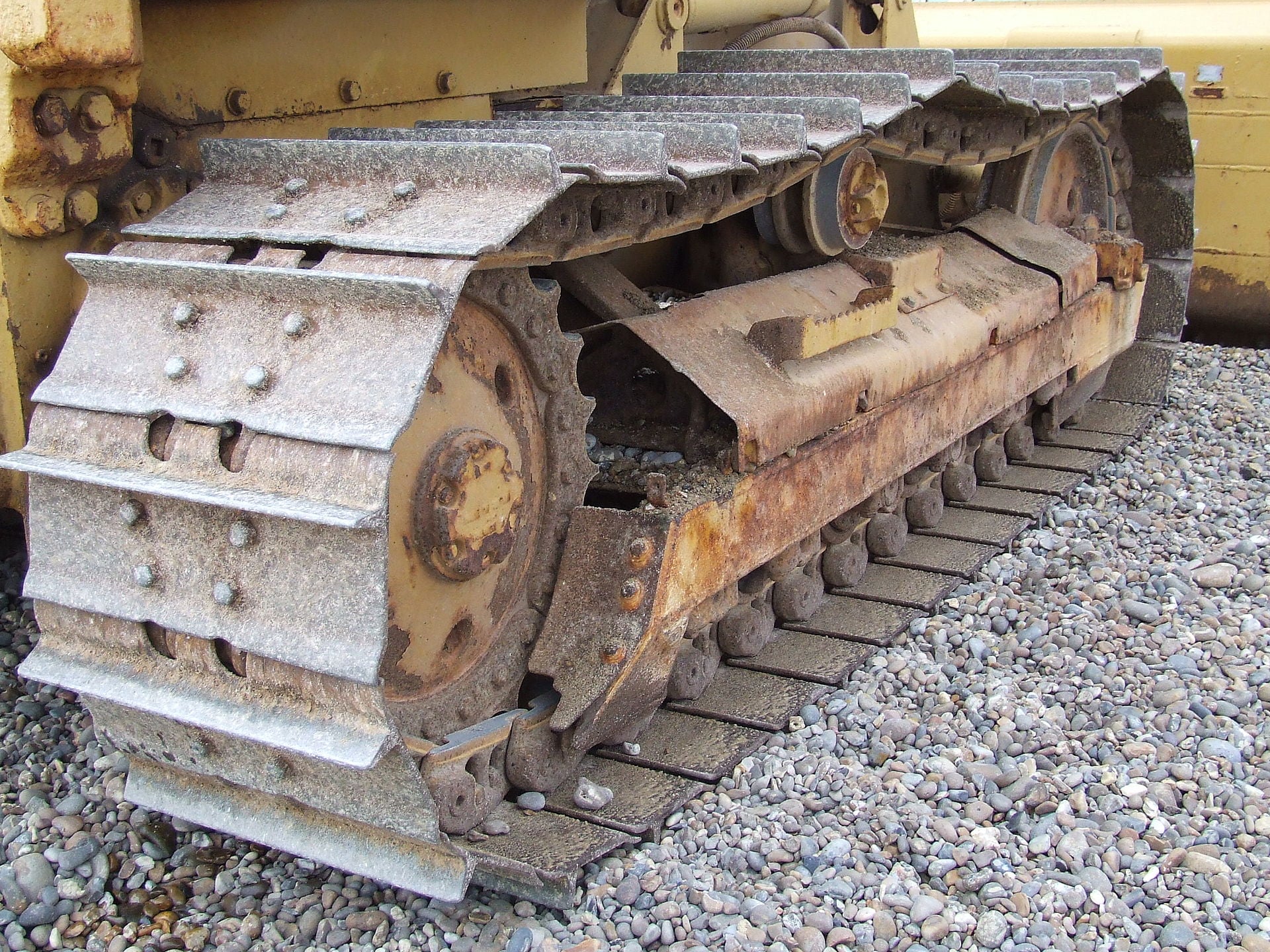
With the development of a continuous build plate system by Mobium Solutions, we wondered if there are other concepts for this capability.
To recap, virtually every 3D printer today has a massive limitation: you must have a human unload the prints before you can begin a second print job. Not only is this requirement labor intensive, it also prevents use of the 3D printer as a small-time manufacturing device, capable of producing larger quantities of items.

An early attempt at solving this dilemma was MakerBot’s “automated build platform”, which entailed a clear plastic belt running over and under the build plate. When a print completed, the belt would shuffle along and peel off the print, making the bed instantly ready for the next print. However, the solution proved unworthy as the belt would soon stretch and printing became infeasible on the increasingly wobbly belt.
More recently, Mobium Solutions developed a variation of this approach involving a roll of material that would cover the print bed. At the completion of the print, the roll would feed again and force the print off, in a manner similar to the MakerBot ABP. However, the problem with this approach is that the print surface roll becomes a consumable and thus adds to the cost of each print – even if the print fails for other reasons.
We’re wondering if there are alternative designs for a continuous build system that don’t involve consumables.

For example, a Crazy idea we had would be a type of “caterpillar” surface, like a tank tread that goes over and under the print surface, made of an adhesive surface but strong to avoid deformation.
It is a crazy idea, indeed, simply because it would introduce far too many mechanical components into the print system, even if it worked. The more components you have, the higher the probability of failure occurring. It would also introduce additional assembly, tuning, configuration and cost. Also, such a design would have to have perfectly closed seams to prevent model material from leaking into the caterpillar system. The tread segments would have to be very tiny to ensure the print peeled off the surface when rotation is engaged. So no, the crazy caterpillar idea would likely never be feasible.
Our question to you, dear readers, is this: What other approaches to continuous build surfaces could be feasible? Have you attempted to build something like this yourself?

